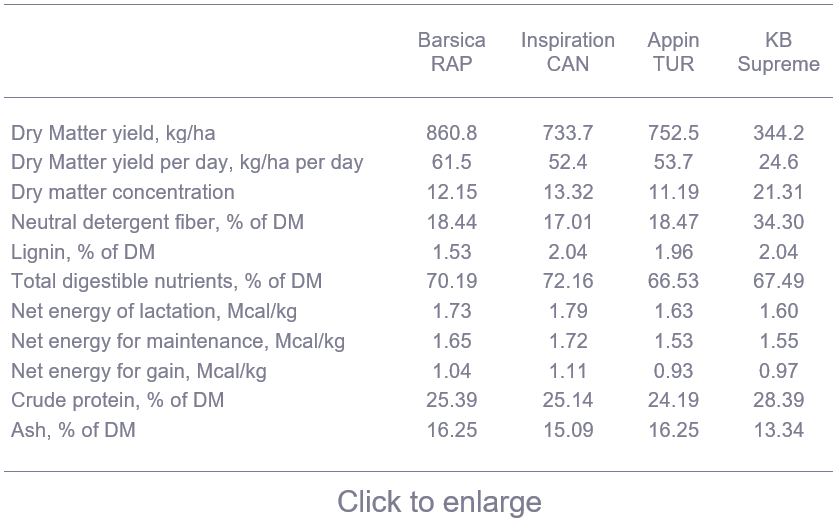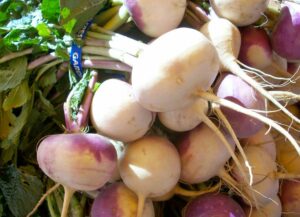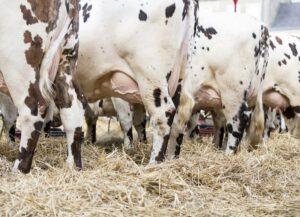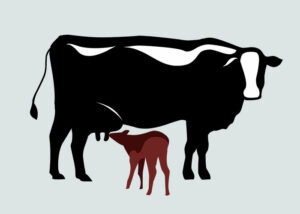Alvaro Garcia
Livestock production under grazing conditions requires practical knowledge of animal behavior as well as plant growth cycles. Depending on the region of the world, the forage base may not available year-round, and requires management techniques that allow to save it for times of shortages. This has oftentimes consisted of either feeding conserved forages or stockpiling perennial forage that can later be grazed.
Orchardgrass and tall fescue are typical perennial cool season forage species popular in pasture-based operations. They are however not plentiful year-round and need to be supplemented with other plant species. One such companion has been perennial ryegrass which however has some issues of its own, such as a fast decline in nutritive value with maturity. Annual ryegrass however is sensitive to grazing pressure particularly when not grazed at an adequate point in its development, and in regions where climate is relatively adverse.
Rape forage as an alternative to traditional forages
One alternative that has been explored in the US is the use of forage brassicas. Brassicas are cool-season annuals that can help fill the gap with quality forage throughout the grazing season. Once established they grow rapidly, tolerate better the spring-summer warmer temperatures, and maintain a relatively greater proportion of highly nutritious leaves that helps later in the year. Their more widespread adoption has not been widespread because of limited research to understand their management under grazing conditions.
A recent study (Dillard et al., 2020) conducted in Pennsylvania, compared the yield and forage quality of three forage brassica species relative to annual ryegrass. The experimental design consisted of three treatments with different types of Brassicas and one control of ryegrass:
- Barsica RAP (Forage rape; Brassica napus L.)
- Inspiration CAN (Brassica napus L.)
- Appin TUR (Brassica rapa L.)
- KB Supreme (CON; annual ryegrass)
Before the experiment the field had been planted to wheat. It was then weeded one month before planting using RoundUp at 0.95 L of the active ingredient/ha and then deep-tilled 2 days later followed by surface till with disking, drag chain harrowing, and a cultipacker. The plots were seeded in mid-August with brassicas at 5.6 kg/ha and ryegrass at 22.4 kg/ha arranged as a randomized complete block design with 4 replications.
Pre-planting soil testing (silt loam soil) indicated the need for K correction by adding 37 kg of K (potash; 0-0-63)/ha. Each year thereafter and after planting the plots were fertilized with 71 kg of N/ha (ammonium sulfate; 21-0-0-24S). Plots were harvested in the fall (September to November) 3 times one year, 4 times the next determined be the forage mass available.
Brassicas improved forage yield, energy, and nutrients contentration
Results of this experiment showed that Brassicas yielded more total forage dry matter (table: 734 to 861 kg of DM/ha) than ryegrass (344 kg of DM/ha). The energy concentration of Inspiration canola and Barsica forage rape was also greater for net energy (NE) for lactation (1.73 to 1.79 Mcal/kg), NE growth (1.04 to 1.11 Mcal/kg), and NE maintenance (1.65 to 1.72 Mcal/kg) compared to the control ryegrass.
Brassicas also yielded more total nutrients (kg of DM/ha) such as protein (176 to 204 kg of DM/ha) and NEl (1,200 to 1,500 Mcal/ha) than ryegrass (protein = 88 kg of DM/ha; NEl = 555 Mcal/ha).
This experiment reported very interesting and applicable results for US grazing systems. First, Brassicas provide overall more forage dry matter and nutrients, which allow for twice as many grazing days or even greater stocking rates if there is enough preserved forage. This undoubtedly extends the grazing season with quality forage while reducing feeding costs. It also showed that brassicas maintain their quality later into the grazing season another critical aspect of a sustainable grazing system.
Reference
Dillard, S.L., Billman, E.D., Soder, K.J. 2020. Assessment of forage brassica species for dairy and beef-cattle fall grazing systems. Applied Animal Science. 36(2): 157-166.
© 2020 Dairy Knowledge Center. All Rights Reserved.










